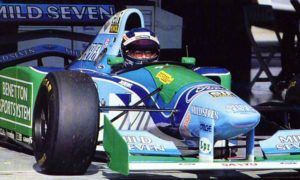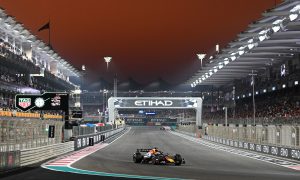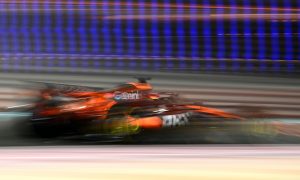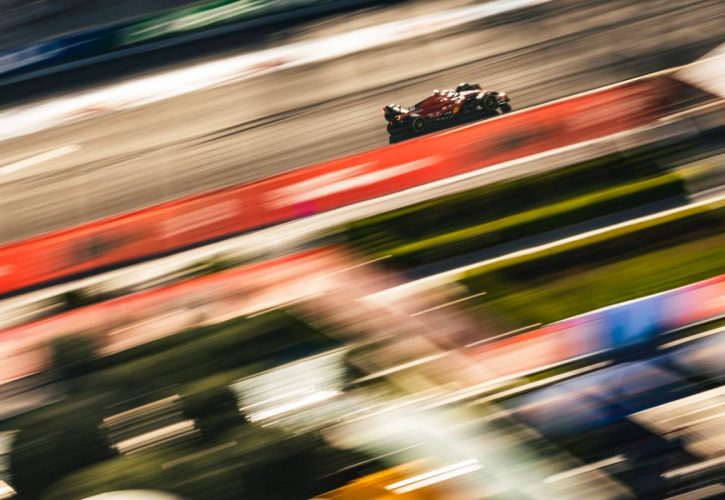
Baku's street circuit is often described as a mix between two extremes - Monaco and Monza - thanks to the old city's narrow and twisty section and to its long straights and heavy braking zones.
But unlike in the Principality, Baku requires a set-up balance weighted more towards straight-line speed than aerodynamic efficiency, which justifies the teams' decision to rely on track specific lower drag wings in Azerbaijan.
Baku's speed trap is located on the track's huge 2.2km main straight, just before the pits. But drivers actually reach maximum velocity a little further down the road.
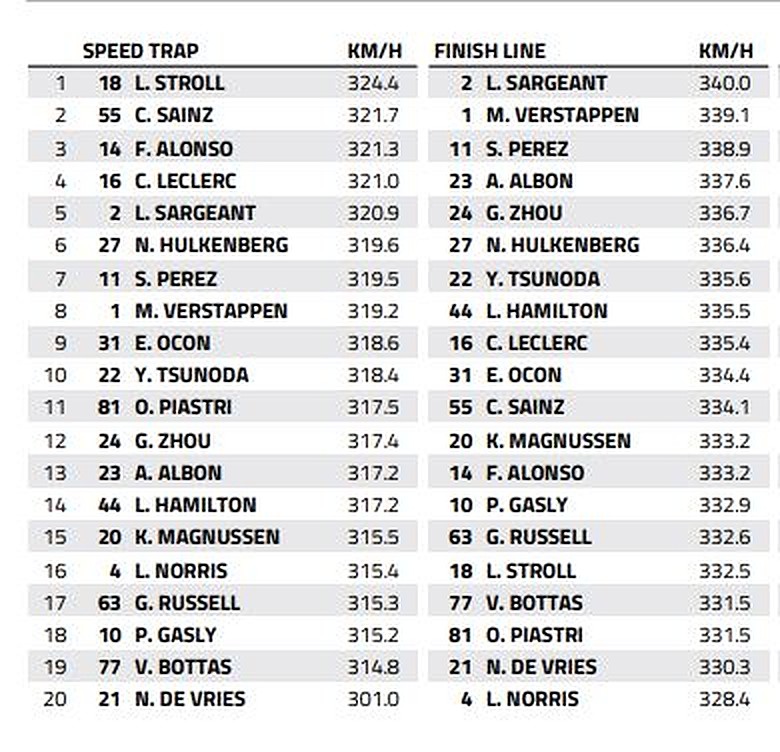
However, we'll discard the latter as our min reference because a car's top speed at that point is often impacted by the tow it may or may not have received along the way.
While it was Lance Stroll's Aston Martin who topped the speed trap readings – a performance that proved once again by contrast that Mercedes' relative weakness resides with its chassis rather than its power unit - poleman Charles Leclerc was among the fastest runners in terms of top speed, at least as calculated at the location of the speed trap.
In terms of absolute top speed, Red Bull - thanks to its powerful DRS - was once again well clear of its rivals, with Max Verstappen reaching a whopping 342 km/h at the end of Baku's main straight, or 8km/h quicker than Leclerc's Ferrari.
However, the Monegasque's SF-23 proved quite handy around Baku's second sector. But the absolute top speed difference between Red Bull and Ferrari, with DRS activated, implies that Leclerc will be challenged to hold his own up front on Sunday afternoon.
But then again, it's Baku, where thrills and spills and safety cars are the norm. Prep the popcorn!
Keep up to date with all the F1 news via Facebook and Twitter



